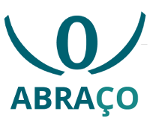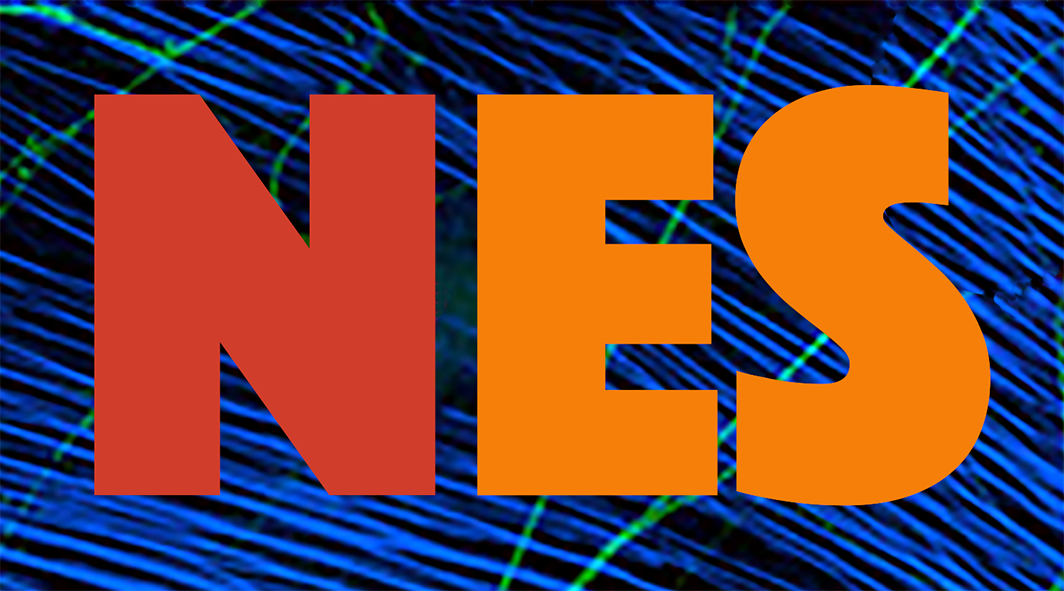
A Result of Metastability for an Infinite System of Spiking Neurons
Publications | Oct 21, 2019
Morgan André
In 2018, Ferrari et al. wrote a paper called "Phase Transition for Infinite Systems of Spiking Neurons" in which they introduced a continuous time stochastic model of interacting neurons. This model has a parameter γ, corresponding to the rate of the leaking times of the neurons and, as the title says, it was proven there to present a phase transition phenomenon with respect to this γ. Here we prove that this model also exhibit a metastable behavior. By this we mean that if γ is small enough, then the re-normalized time of extinction converges toward an exponential random variable of mean 1 as the number of neurons goes to infinity.
The effect of magnetization of natural rubber latex coated magnetite nanoparticles on shear wave dispersion magneto-motive ultrasound
Publications | Sep 30, 2019
Saeideh Arsalani, Soudabeh Arsalani, Yaser Hadadian, Diego Ronaldo Thomaz Sampaio, Oswaldo Baffa, Theo Zeferino Pavan and Antonio Adilton Oliveira Carneiro
The shear wave dispersion magneto-motive ultrasound (SDMMUS) method was recently developed to analyze the mechanical properties of a viscoelastic medium. This technique is based on the interaction of magnetic nanoparticles (MNPs) with an external magnetic field to generate a shear wave within the medium labeled with MNPs. The propagation of this wave provides information about viscoelastic properties of the medium. In the previous work Arsalani et al. magnetite NPs were synthesized by co-precipitation method coated with natural rubber latex (NRL). In order to investigate the effect of NRL on the size and magnetization of MNPs, different amount of NRL, 0 μL, 100 μL, and 800 μL of a stock solution of NRL, were used during the synthesis process. The results showed that MNPs prepared with 800 μL of NRL, named as MNPs-800NRL, had the smallest size and highest magnetization. In the present paper, the main goal is to investigate if the MNPs-800NRL having the highest magnetization is also the best option for SDMMUS experiments among the others. All experiments were performed using gelatin tissue mimicking phantoms labeled with the aforementioned MNPs. Two factors including core size and magnetization were considered and based on the observed results the effect of magnetization was more prominent than the core size on the induced displacements. MNPs coated with a thicker NRL shell having the highest magnetization value enhanced the sensitivity and signal to noise ratio in SDMMUS. Different concentrations of this optimized MNPs were also examined to investigate the lowest possible concentration for observing shear waves in the SDMMUS technique.
Unilateral Brachial Plexus Lesion Impairs Bilateral Touch Threshold
Publications | Aug 29, 2019
Bia Lima Ramalho, Maria Luíza Rangel, Ana Carolina Schmaedeke, Fátima Smith Erthal and Claudia D. Vargas
Unilateral brachial plexus injury (BPI) impairs sensory and motor functions of the upper limb. This study aimed to map in detail brachial plexus sensory impairment both in the injured and the uninjured upper limb. Touch sensation was measured through Semmes-Weinstein monofilaments at the autonomous regions of the brachial plexus nerves, hereafter called points of exclusive innervation (PEIs). Seventeen BPI patients (31.35 years±6.9 SD) and 14 age-matched healthy controls (27.57 years±5.8 SD) were tested bilaterally at six selected PEIs (axillary, musculocutaneous, median, radial, ulnar, and medial antebrachial cutaneous [MABC]). As expected, the comparison between the control group and the brachial plexus patients' injured limb showed a robust difference for all PEIs (p ≤ 0.001).
Mean field limits for nonlinear spatially extended Hawkes processes with exponential memory kernels
Publications | Aug 28, 2019
J. Chevallier, A. Duarte, E. Löcherbach and G. Ost
We consider spatially extended systems of interacting nonlinear Hawkes processes modeling large systems of neurons placed in and study the associated mean field limits. As the total number of neurons tends to infinity, we prove that the evolution of a typical neuron, attached to a given spatial position, can be described by a nonlinear limit differential equation driven by a Poisson random measure. The limit process is described by a neural field equation. As a consequence, we provide a rigorous derivation of the neural field equation based on a thorough mean field analysis.
A Negative Slope Conductance of the Persistent Sodium Current Prolongs Subthreshold Depolarizations
Publications | Jul 29, 2019
Ceballos C. C., Roque A. C. and Leão R. M.
Neuronal subthreshold voltage-dependent currents determine membrane properties such as the input resistance (Rin) and the membrane time constant (τm) in the subthreshold range. In contrast with classical cable theory predictions, the persistent sodium current (INaP), a non-inactivating mode of the voltage-dependent sodium current, paradoxically increases Rin and τm when activated. Furthermore, this current amplifies and prolongs synaptic currents in the subthreshold range. Here, using a computational neuronal model, we showed that the creation of a region of negative slope conductance by INaP activation is responsible for these effects and the ability of the negative slope conductance to amplify and prolong Rin and τm relies on the fast activation of INaP. Using dynamic clamp in hippocampal CA1 pyramidal neurons in brain slices, we showed that the effects of INaP on Rin and τm can be recovered by applying an artificial INaP after blocking endogenous INaP with tetrodotoxin. Furthermore, we showed that injection of a pure negative conductance is enough to reproduce the effects of INaP on Rin and τm and is also able to prolong artificial excitatory post synaptic currents. Since both the negative slope conductance and the almost instantaneous activation are critical for producing these effects, the INaP is an ideal current for boosting the amplitude and duration of excitatory post synaptic currents near the action potential threshold.
The whole paper is available here.
| NeuroCineMat |
|---|
|
Featuring this week: |
| Newsletter |
|---|
|
Stay informed on our latest news! |
| Follow Us on Facebook |
|---|




